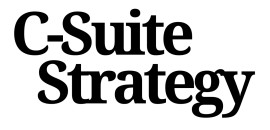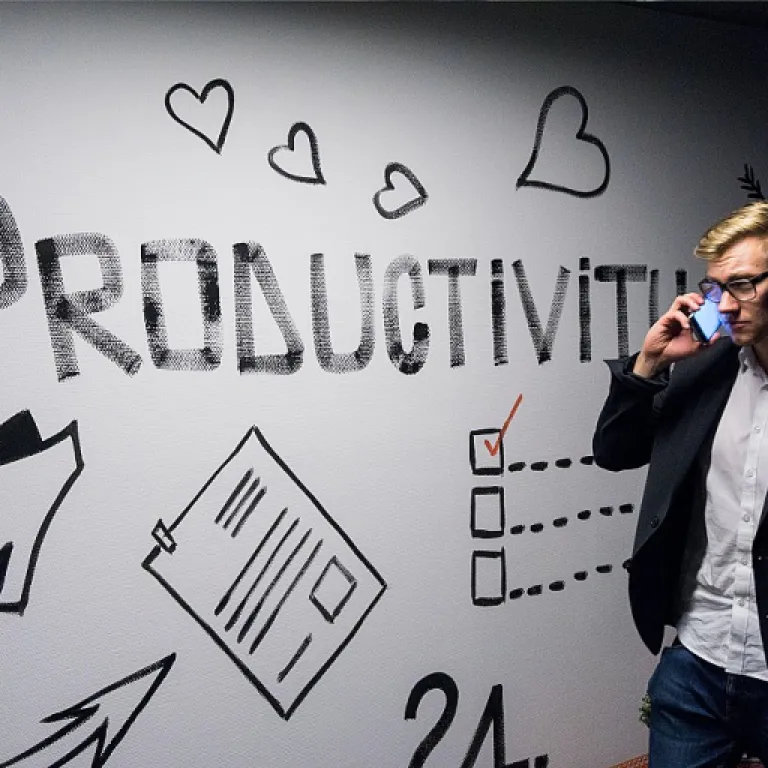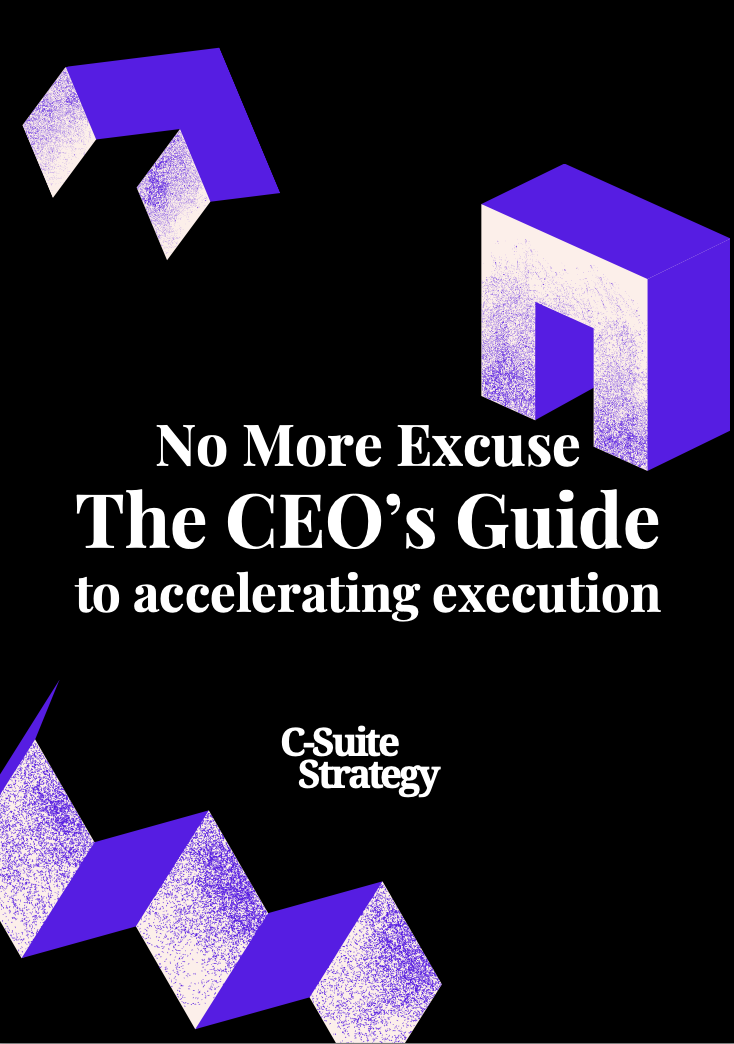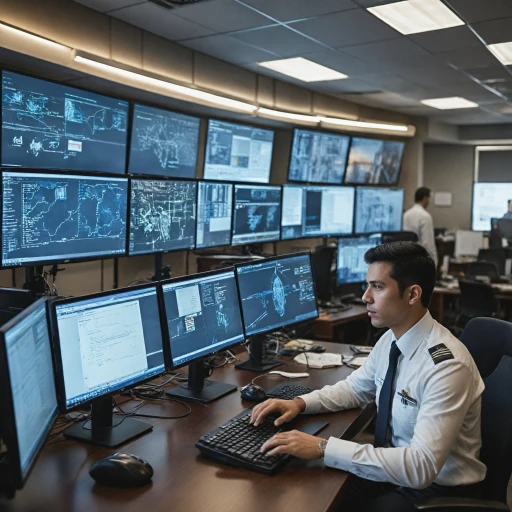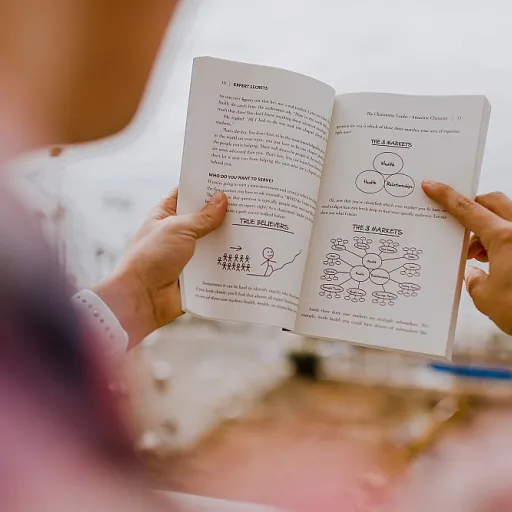
The Core of Leadership Team Development
Unveiling the Building Blocks of Leadership Team Evolution
Understanding the essence of leadership team development is crucial for organizations striving to thrive in an ever-evolving business landscape. At its core, this process is about nurturing strong leadership and creating a unified team of leaders who are aligned with the company's strategic vision. Cultivating effective leadership teams begins by focusing on individual leaders and their potential to drive organizational success.
One of the primary stages of leadership development involves identifying key leadership behaviours that contribute to team effectiveness. These behaviours include skills in decision making, problem solving, and conflict resolution. It's essential that each team member not only possesses these skills but also understands how to harness them within a team setting.
The learning journey for leaders involves continuous learning experiences that cater to both individual and team development. This stage of leadership evolution helps to solidify an executive team that works in harmony and is well-equipped to tackle cross functional challenges. Leadership teams are encouraged to engage in team building activities that promote cohesiveness and facilitate better communication among team members.
Throughout this journey, leadership development programs play a pivotal role in furthering the potential of senior leaders. These programs are designed to help executive teams develop a deeper understanding of what effective leadership entails and cultivate a culture where team members feel empowered and valued.
As organisations continue to invest in developing their leaders, they ensure that strong leadership becomes a cornerstone of their success. This commitment not only benefits the business but also fosters a thriving team culture. Embracing remote strategic advisors can also significantly contribute to this development process by providing unique insights and fresh perspectives. More on how remote advisors can enhance leadership development.
Aligning Leadership with Strategic Goals
Ensuring Strategic Alignment with Leadership Initiatives
Aligning leadership with strategic goals is a pivotal stage in the development journey for your executive team. As your organization’s senior leaders, your leadership team must drive the business forward, ensuring every decision and action aligns with the company's overarching objectives. A cohesive strategy empowers leaders to set a clear direction and unify the team around shared priorities.
One critical aspect is ensuring that the goals of your leadership development programs dovetail seamlessly with the strategic trajectory of your organisation. This requires a deep understanding of business dynamics and the subtle intricacies of your corporate culture. The process begins with identifying core leadership skills essential for navigating complex environments and meeting specific strategic milestones.
This strategic alignment process involves:
- Developing leadership skills that support crucial areas like problem-solving and decision-making, essential in refining the focus of each leader.
- Fostering individual and collective growth through experiential learning experiences and stage-adjusted team building, which help team members feel invested in both their personal development and the company’s success.
- Implementing conflict resolution and cross-functional collaboration practices to minimize silos and cultivate a supportive environment where development thrives.
Ultimately, the success of aligning leadership with strategic aims rests in clear communication and a commitment to continuous learning—the cornerstones of effective leadership. This empowers your team to not only embrace the present roles they play but also to anticipate and prepare for future leadership challenges, thereby enriching the collective strength of your leadership team.
Building a Culture of Continuous Improvement
Fostering an Environment of Perpetual Growth
Cultivating a culture of continuous improvement is integral to leadership team development. Creating such an environment requires strategic planning, foresight, and a commitment to nurturing the skills and behaviors that drive organizational success.
A supportive culture encourages senior leaders to engage in ongoing learning experiences, enabling them to refine their leadership skills and enhance decision-making capabilities. When leaders proactively pursue personal and professional growth, it sets a precedent for their team members, inspiring them to follow suit.
Key Elements of Cultivating a Growth-Oriented Culture:
- Structured Development Programs: Implement comprehensive leadership development programs that are tailored to the needs of the leadership team. These programs should be designed to address individual and team learning objectives, fostering skills such as problem solving and conflict resolution.
- Cross-Functional Collaboration: Encourage collaboration across various teams within the organisation. When teams work together towards common goals, it promotes the sharing of knowledge and experiences, enhancing collective growth and innovation.
- Open Communication: Building strong lines of communication is crucial. Executive team members should feel empowered to express their ideas and give feedback, making team leadership a collaborative effort. This openness paves the way for robust decision-making processes and efficacious problem-solving strategies.
In essence, creating a culture of continuous improvement will not only fortify the leadership team but also strengthen the organisation's foundation for sustainable success. This approach ensures that leadership teams remain agile, adept, and poised to meet the evolving demands of the business landscape. For more insights on initially navigating leadership, consider exploring the strategic insights for success.
Enhancing Communication and Collaboration
Fostering Effective Communication and Collaboration
In the realm of leadership team development, enhancing communication and collaboration is pivotal. Strong leadership hinges on the ability of team members to communicate effectively, ensuring that everyone is aligned with the organisation's strategic goals. This stage of development is crucial for senior leaders who must navigate complex business environments.
Effective communication within leadership teams involves more than just exchanging information. It requires a deep understanding of the individual strengths and weaknesses of team members, fostering an environment where everyone feels valued and heard. This is where team building and leadership skills come into play, helping to create a culture of openness and trust.
Collaboration, on the other hand, is about leveraging the diverse skills and experiences of the team to solve problems and make informed decisions. Cross-functional teams, in particular, benefit from strong collaboration, as they bring together different perspectives and expertise. This not only enhances problem-solving capabilities but also drives innovation and growth within the organisation.
To facilitate effective communication and collaboration, leadership development programs should focus on:
- Conflict Resolution: Equip leaders with the skills to manage and resolve conflicts constructively, ensuring that disagreements do not hinder progress.
- Decision Making: Develop processes that encourage input from all team members, fostering a sense of ownership and accountability.
- Learning Experiences: Provide opportunities for team members to learn from each other, sharing insights and best practices.
By prioritizing these elements, leadership teams can enhance their communication and collaboration, ultimately driving the organisation towards its strategic objectives. This stage of team development is not just about improving interactions but also about building a resilient and adaptable executive team that can thrive in any business climate.
Measuring the Impact of Leadership Development
Quantifying Leadership Transformation
Understanding the impact of leadership development initiatives within an organization is no simple task. However, measuring these effects is crucial for ensuring that the investment reaps the maximal returns. Mastering this process involves assessing specific areas where development efforts have transformed both individual leaders and collective team dynamics.
Firstly, gauging the effectiveness of leadership skills growth in areas such as decision making and problem solving can offer a straightforward metric. Has there been a noticeable improvement in how leaders assess situations and make informed decisions? Are problem-solving techniques more collaborative and innovative across teams? Tracking these changes can provide direct insight into how well the leadership development process is aligning with strategic goals.
Moreover, evaluating shifts in leadership behaviors and how they contribute to fostering a strong leadership culture can be another critical measurement. Are leaders more adept at conflict resolution and cross-functional collaboration? These behavioral shifts indicate a deeper engagement with the team building and leadership development initiatives.
Additionally, the development of executive teams and senior leaders is often reflected in enhanced communication and collaboration. By observing the increased efficacy in how team members feel understood and involved, one can ascertain the growth in leadership capabilities. Improved communication channels and the encouragement of open dialogue are integral to evolving team leadership and fostering an environment ripe for learning experiences.
Finally, observing the contributions of leadership teams in achieving strategic business objectives serves as a comprehensive measure. Incorporating feedback loops and regular evaluations helps pinpoint areas where leadership team development continues to drive organizational growth.
By systematically measuring these diverse facets, an organization can ensure that its leadership team development efforts are not only meeting expectations but are continually adapting and evolving to address the dynamic needs of the business environment.
Overcoming Challenges in Leadership Development
{"Breaking Through Barriers in Development Programs
Leadership development presents various challenges, but senior leaders can overcome these hurdles by implementing strategies that promote growth and resilience. A well-structured development program is essential for building a leadership team that thrives in both stability and adversity.
One common challenge is resistance to change. Team members may feel uneasy about altering established norms, but fostering a culture of openness can help ease transitions. Leaders need to encourage adaptability and demonstrate strong leadership by modeling the desired behaviors. This sets a stage where team members are more receptive to evolving leadership strategies.
Another obstacle is ensuring the alignment of personal learning experiences with the organization’s strategic objectives. Customizing development plans for individual leaders while aligning them with broader business goals can bridge this gap. It empowers executives to practice decision-making and problem-solving while keeping team and business objectives in sight.
Moreover, conflict resolution is critical in overcoming barriers within leadership teams. By promoting transparent communication and cross-functional collaboration, organizations can manage conflicts more effectively, leading to stronger team building and improved performance.
Finally, the complexity of evaluating the impact of leadership development can hinder progress. Implementing metrics that accurately assess growth and development in team leadership can provide clear insights into what’s effective. Senior leaders benefit from regular reviews of outcomes to refine the process and ensure continuous improvement.
Addressing these challenges not only strengthens the senior executive team but also cultivates a resilient culture that supports sustainable leadership development.
